
On January 18, a free Cultural Diversity Year Gala will take place at Viru Keskus. National dishes are always an essential part of culture and its richness. We asked Alika, who will perform at the gala, and our chefs to select their favorite national dishes from Viru Food Hall, which offers flavors from more than ten national cuisines.


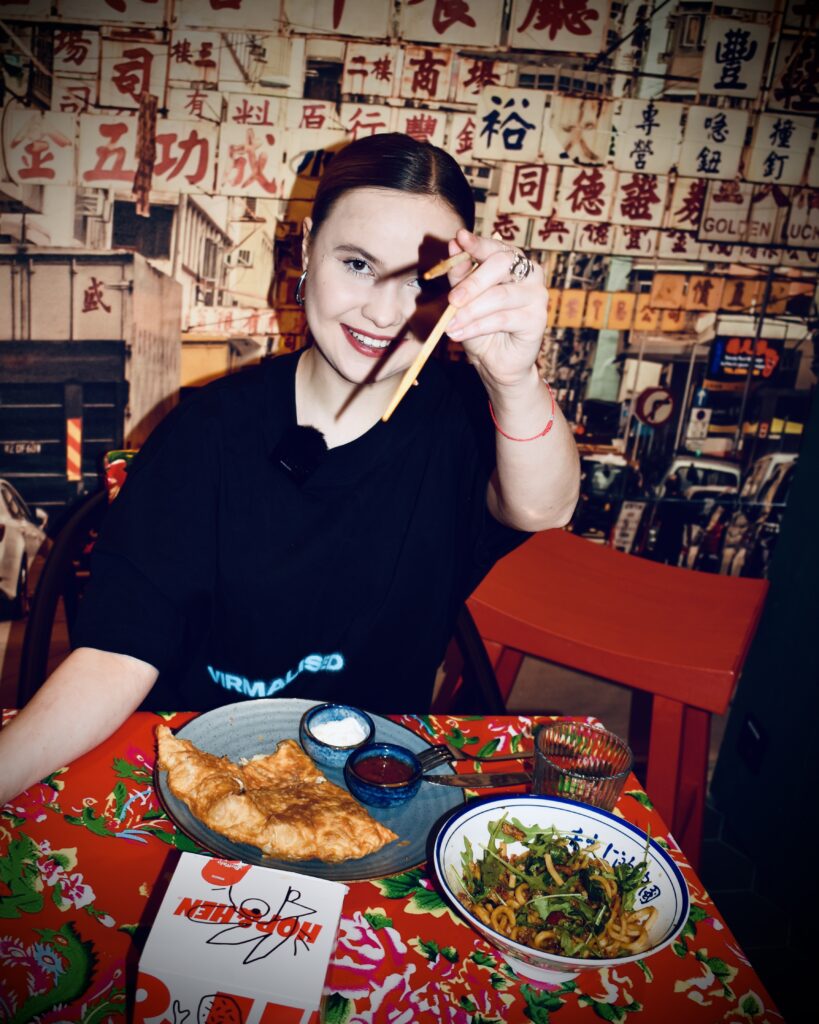
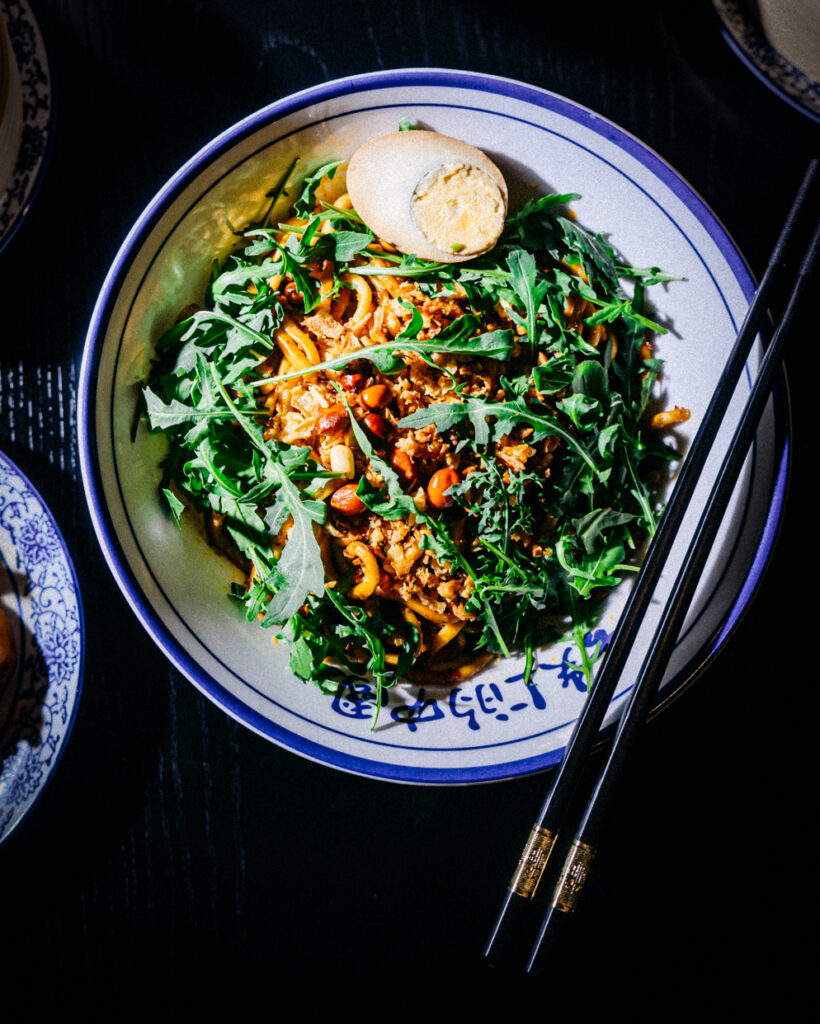
Alika’s go-to dish at Food Hall is Han’s Street Food Dan Dan Noodles, she prefers them with a proper level of spiciness. Dan Dan Noodles originate from Chengdu, the capital of Sichuan. The dish’s name directly translates to “noodles carried on a pole,” as street vendors traditionally used a shoulder pole to sell the dish to passersby. One end of the pole carried a basket with noodles, and the other held the sauce. At our Food Hall, Dan Dan Noodles are prepared exclusively by authentic chefs from China.

Another of Alika’s favorite picks from Food Street is the cheburek from Samsa Family Bakers. Cheburek is a national dish of the Crimean Tatars, but it is also beloved in Uzbek cuisine, which Samsa Family Bakers represents. The dish’s origins also explain Alika’s love for this hearty pastry, as her own ancestors hail from Crimea, Ukraine.
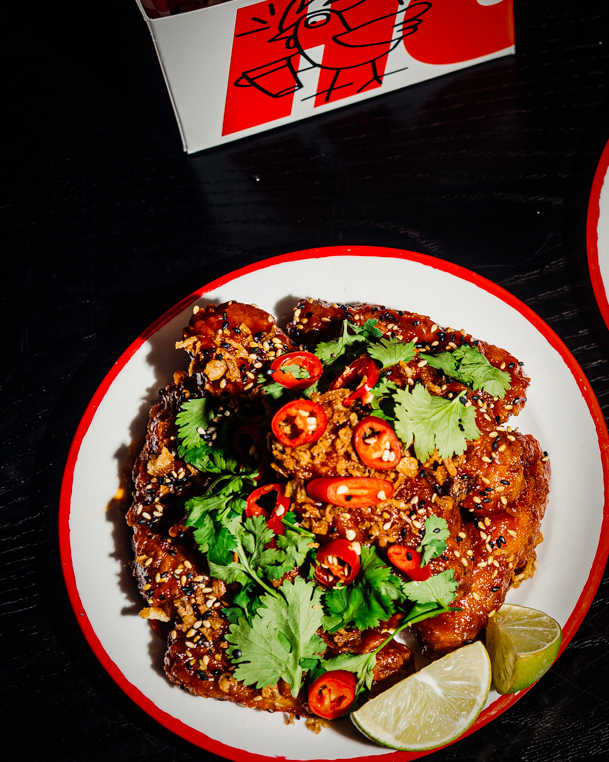
The third dish Alika often grabs from Food Hall is the spicy chicken wings from Hop&Hen. These Buffalo-style wings originated to the west of us, in Buffalo, New York. According to legend, this dish was created by chance at a restaurant called Anchor Bar when they had leftover chicken wings typically used for making soup. The hostess decided to fry the wings, toss them in a spicy sauce, and serve them with blue cheese dressing and celery sticks.
The dish immediately became popular, especially as a snack to enjoy while watching American football. Its popularity grew so much that it is now considered a national dish of the United States. By the way, Alika is one of the top contenders in Hop&Hen’s spicy chicken wings challenges.

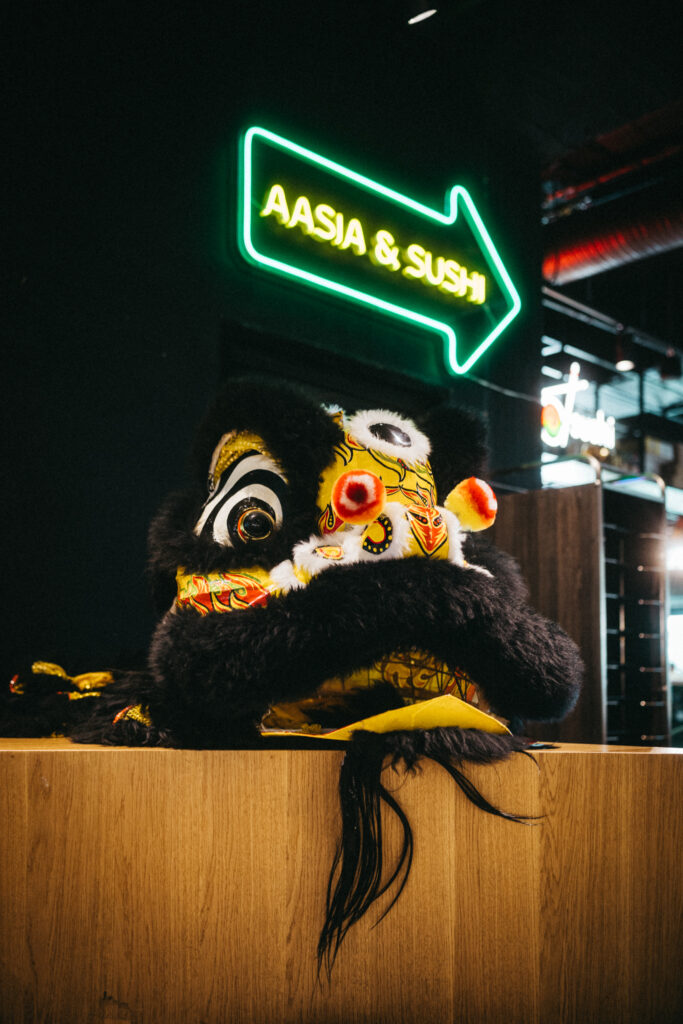

In addition to these dishes, Viru Food Hall also offers flavors from Indian, Japanese, Italian, Middle Eastern, Hawaiian, Vietnamese, Thai, Korean, Cambodian, and other national cuisines. For Cultural Diversity Day, our chefs have also selected their recommendations for national dishes from their menus.
Kolm Tilli, which offers authentic Italian wood-fired pizzas, recommends:
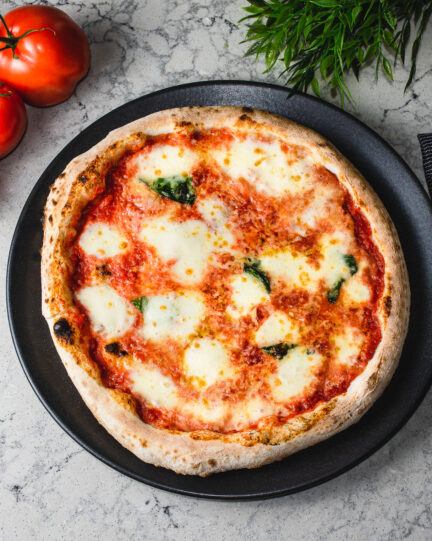
Pizza Margherita – This pizza was named after Queen Margherita of Italy, who was served a pizza representing the colors of the Italian flag during her visit to Naples in 1889: red (tomatoes), white (mozzarella), and green (basil). It’s a true classic of Italian cuisine!
Pizza Diavola – This pizza is commonly served at gatherings and celebrations, symbolizing unity and shared enjoyment.
The spiciness of Pizza Diavola is often seen as a reflection of the fiery Italian spirit and passion for food. Every bite offers a burst of flavor—from the tangy tomato sauce and creamy mozzarella to the spicy salami and chili peppers—capturing the essence of Italian cuisine in one dish.
Poke Bowl, specializing in Hawaiian-style bowls, recommends:
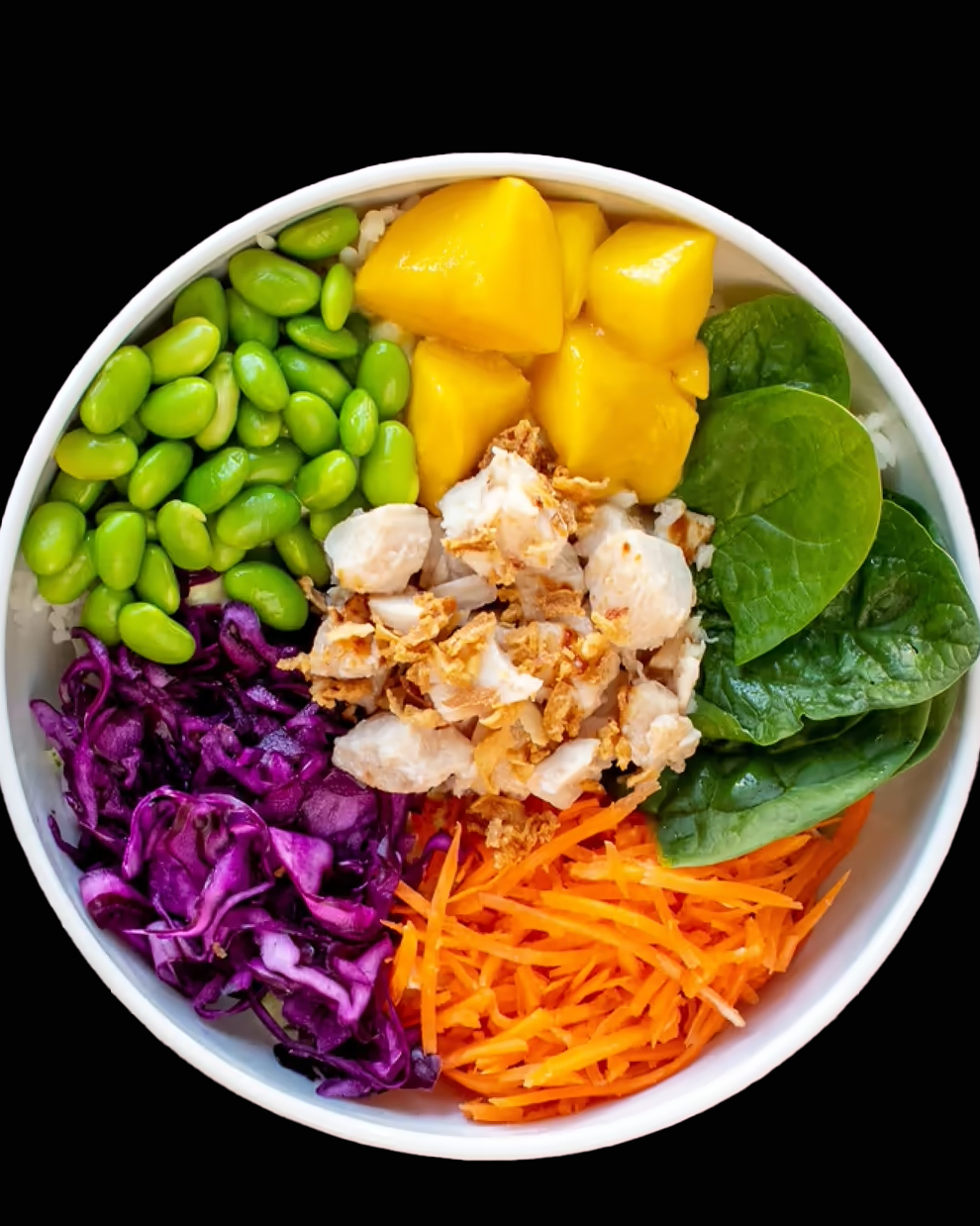
The Poke Chicken Bowl is a modern take on the traditional dish of native Hawaiians, where fresh vegetables, herbs, and traditionally fresh fish were diced and served in a bowl. In Hawaiian, “poke” literally means “to cut” or “to slice.”
Poke Shrimp-Kimchi Wrap – This dish combines the freshness of poke in a convenient, grab-and-go format.
MySushi, offering dishes inspired by Japanese cuisine, recommends:
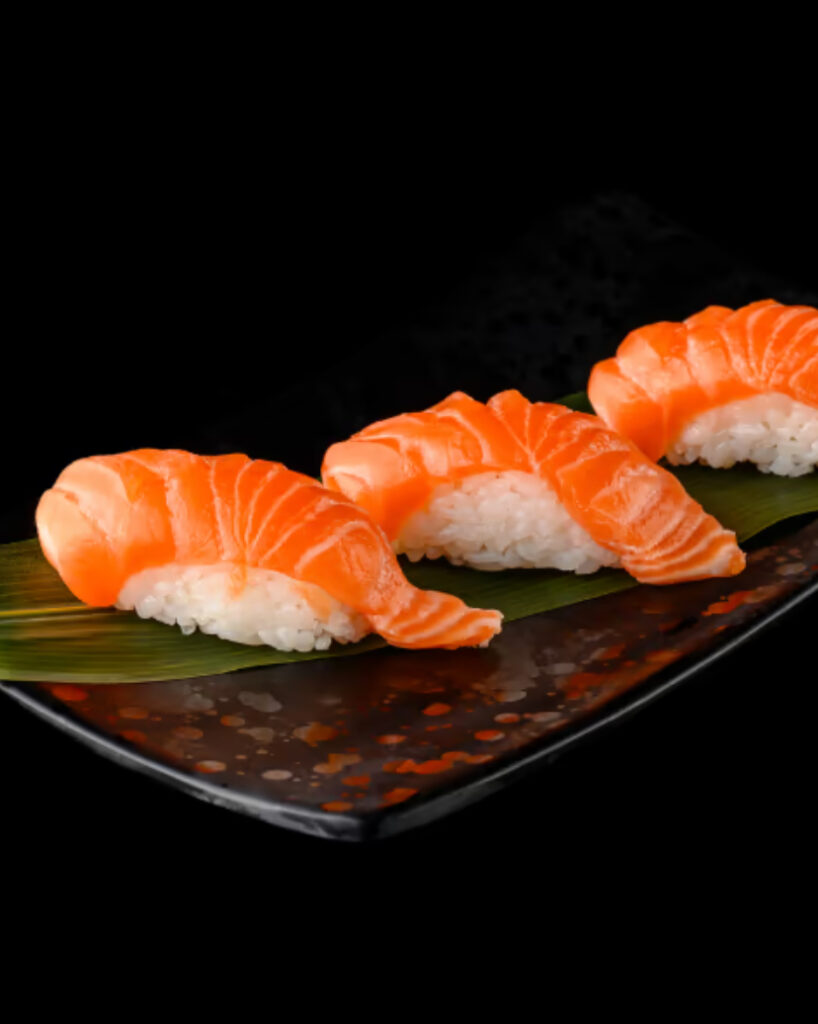
Salmon Nigiri – A sushi piece characterized by the clean and classic flavors of Japanese cuisine, combining silky fresh salmon with soft, lightly seasoned sushi rice.
Salmon Hosomaki – A minimalist and flavorful sushi roll made of fresh salmon and delicate sushi rice, wrapped in a thin sheet of nori.
Meze, specializing in Middle Eastern appetizers, recommends:
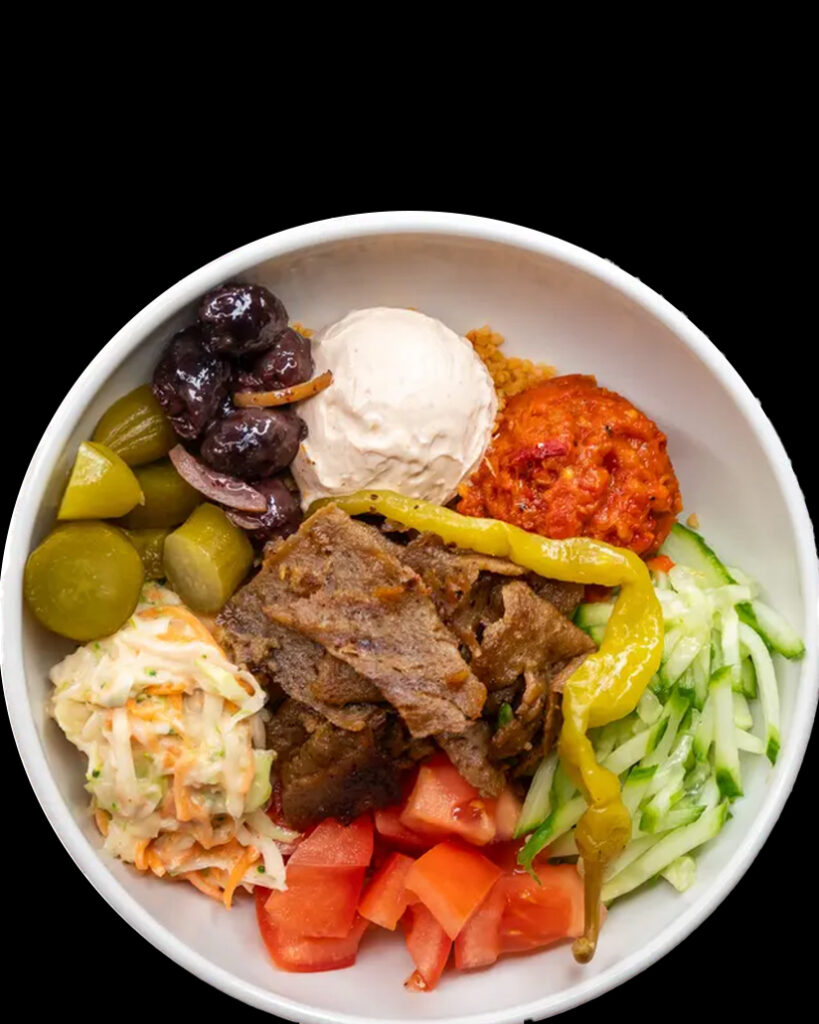
Meze Kebab Bowl – The word “meze” originates from the Persian term “mazzeh,” meaning “taste” or “enjoyment,” reflecting the purpose of small appetizers: to provide a diverse and flavorful experience. This bowl features a mix of fresh and pickled vegetables, traditional Middle Eastern sauces, and slices of kebab meat. It’s topped with a fefferoni pepper, bringing the dish vividly to life.
Lentil Soup – One of the world’s oldest dishes, lentil soup traces its origins back thousands of years to the Middle East, where lentils as a cultivated plant first emerged. Lentils, combined with spices like coriander, cumin, and turmeric, create a perfectly balanced flavor. The soup is finished with a zesty touch of sriracha, fresh lemon, and mint for an added burst of freshness.
Samsa Family Bakers, representing traditional Uzbek cuisine, recommends:
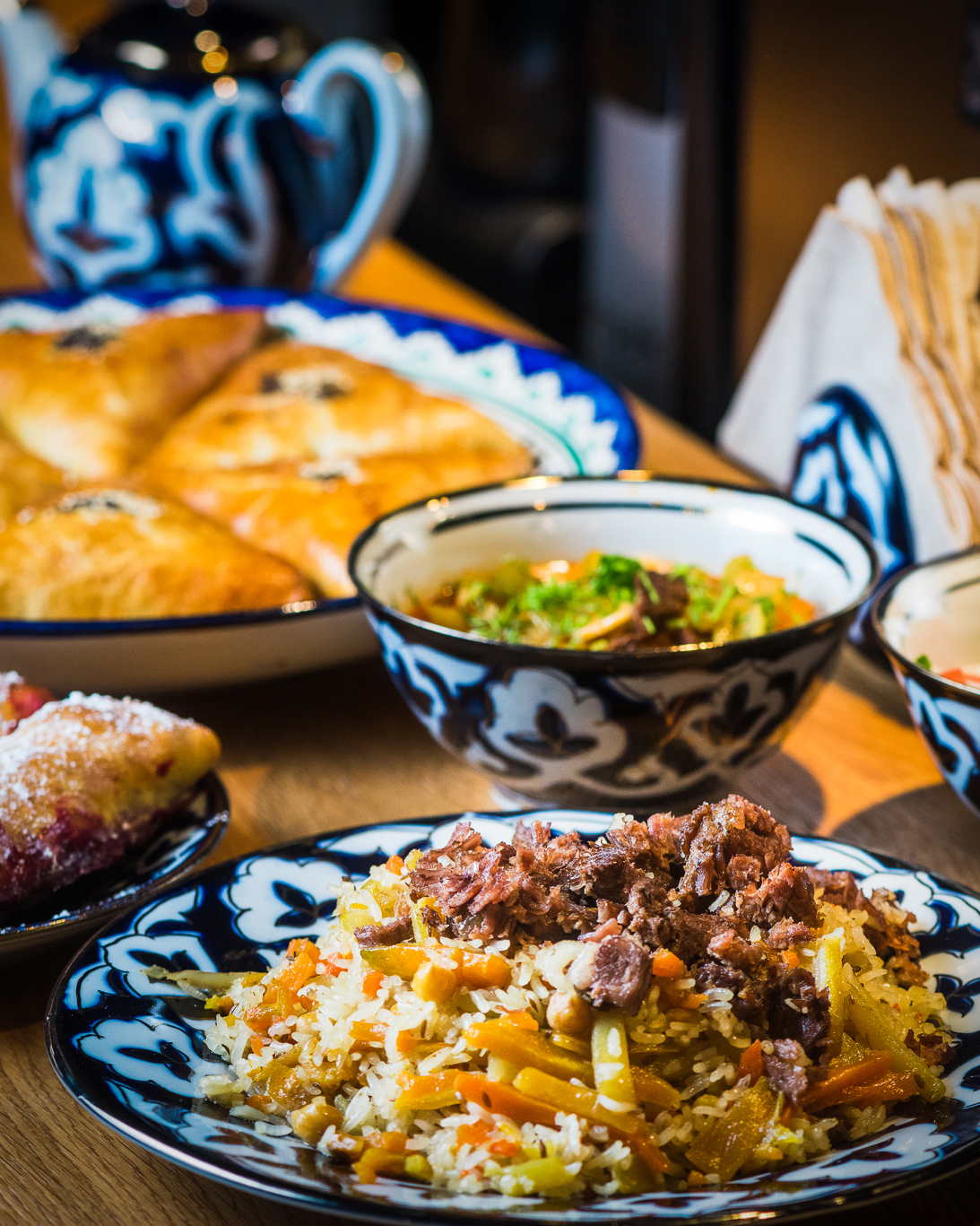
Uzbek Beef Pilaf – This hearty, slow-cooked traditional rice dish is so significant that it has been inscribed on UNESCO’s Intangible Cultural Heritage list.
Cheburek with Lamb and Coriander – This version of cheburek, characteristic of Central Asian and Uzbek cuisine, reflects a unique preparation style distinct from its Crimean Tatar origins.
Hop&Hen’s recommendation is:
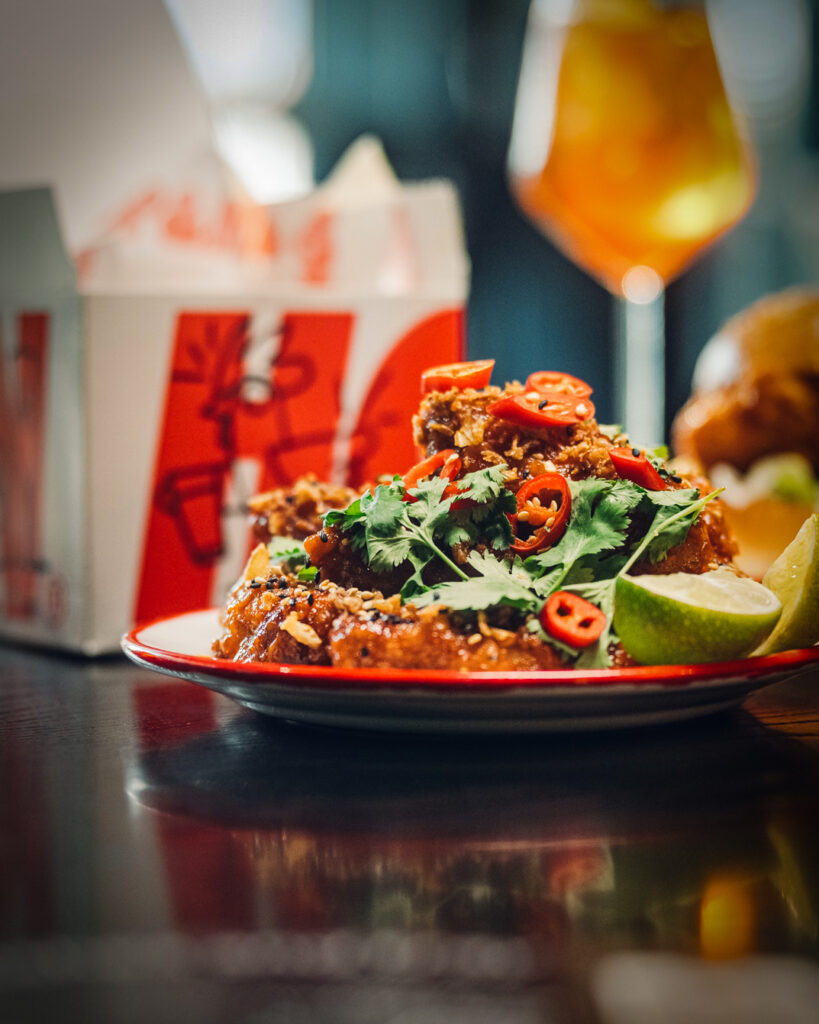
Buffalo Chicken Wings – As we discovered with Alika, this traditional American dish originated in 1964 in the city of Buffalo, New York.
Louisiana Burger – This is a modern way to combine the authentic taste of Buffalo chicken wings with a juicy burger. It’s an incredibly flavorful crispy chicken burger, thanks to the generous amount of Buffalo sauce.
Hans Street Food recommends traditional Chinese street flavors:

Malatang – The name “malatang” translates to “spicy and numbing.” This popular Chinese street food features ingredients skewered on sticks and cooked in a spicy broth. After cooking, the skewers are generously coated in a rich sauce.
Viru Food Hall – Where Cultures Meet!